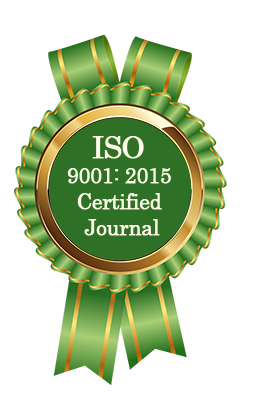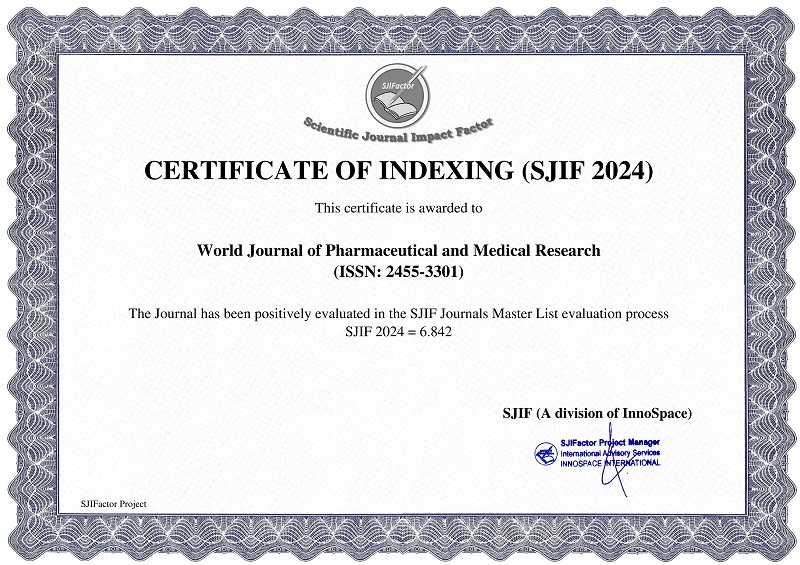SOLVENT EXTRACTION AND ISOLATION PROCESS TO YIELD LUTEIN FROM MARIGOLD FLOWER USING A SINGLE POLAR ORGANIC ALKALINE SOLVENT
Mahabeer Singh*
ABSTRACT
Lutein and its isomer zeaxanthin are key chemical constituents of marigold flowers to build the macula (a yellow spot) located in the retina. Lutein is a nutraceutical that has antioxidant properties. Deficiency of lutein can cause macular degenerative disease mostly in old age. It is very useful for treating age-related macular degenerative diseases. This review proposal includes an extraction technique for Lutein from both wet, dry marigold flowers with alkaline methanol. It would be an effective, low-cost, and easy to time-saving process with a single polar organic solvent. Methanol is a more polar organic solvent than others alcohol substituents. Mostly used solvents (hexane, ethyl acetate, ethanol, isopropyl alcohol) in the extraction process of lutein ester and lutein. Here is a property of methanol to dissolve sodium hydroxide partially which is easy to make alkaline methanolic solution. Lutein fatty acid ester, lutein ester, and lutein diesters themselves go through hydrolysis reaction to form lutein. The bo l n po n o m nol C approximately. Therefore in methanol, the degradation possibilities of lutein esters and lutein are less than other polar organic solvents on reflex. The oleoresin is an impure form of lutein including lutein ester, xanthophylls, and many other carotenoid pigments. After all, they could be more easily soluble in methanol than pure lutein. The alkaline methanol could be used for the saponification reaction of oleoresin and lutein ester, lutein's fatty acid ester to yield lutein. Alkaline methanol without water can be beneficiary to reduce hours of saponification reaction. Methanol can be used for recrystallization purposes to remove polar impurities of crude lutein after a saponification reaction.
[Full Text Article] [Download Certificate]



